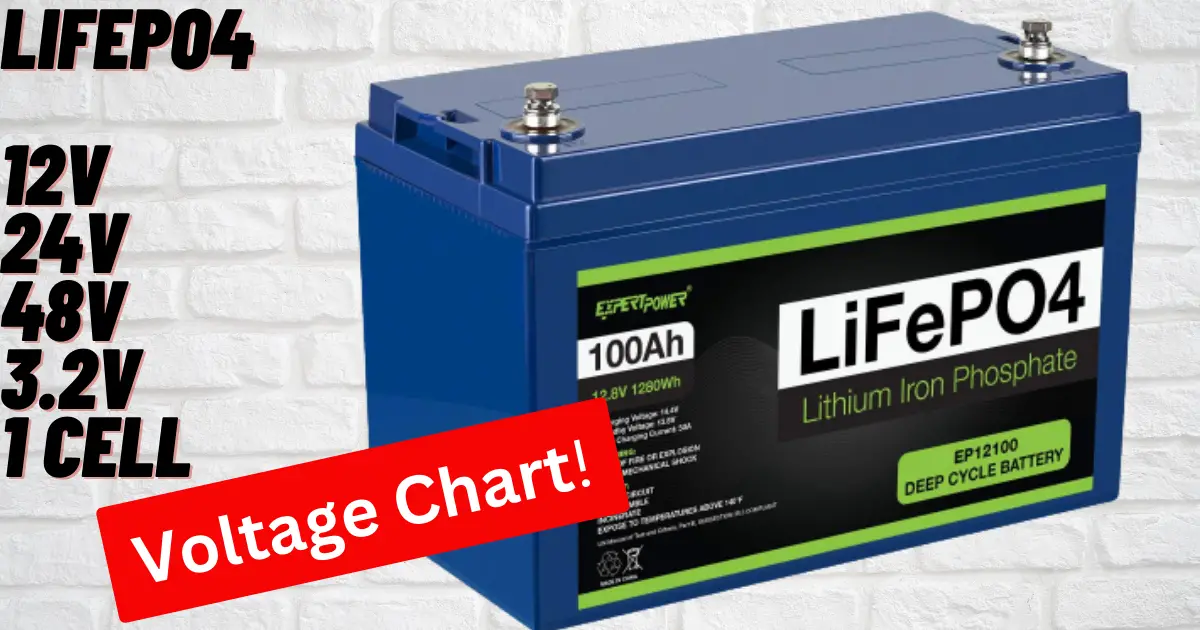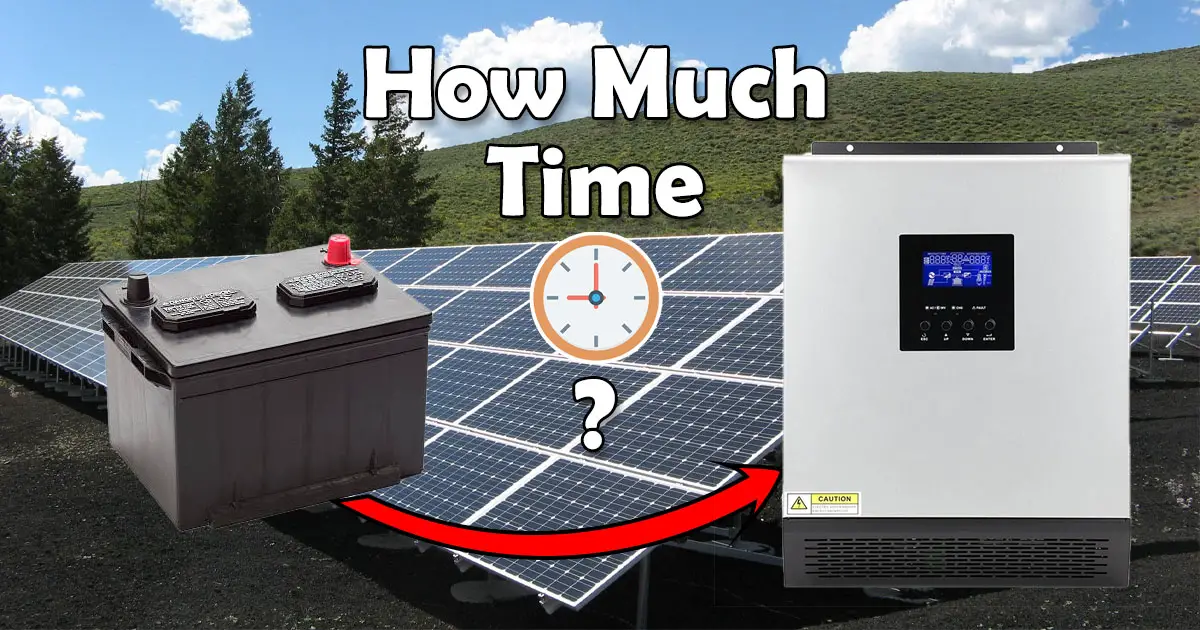Inverter Capacity For 150Ah Battery Guide
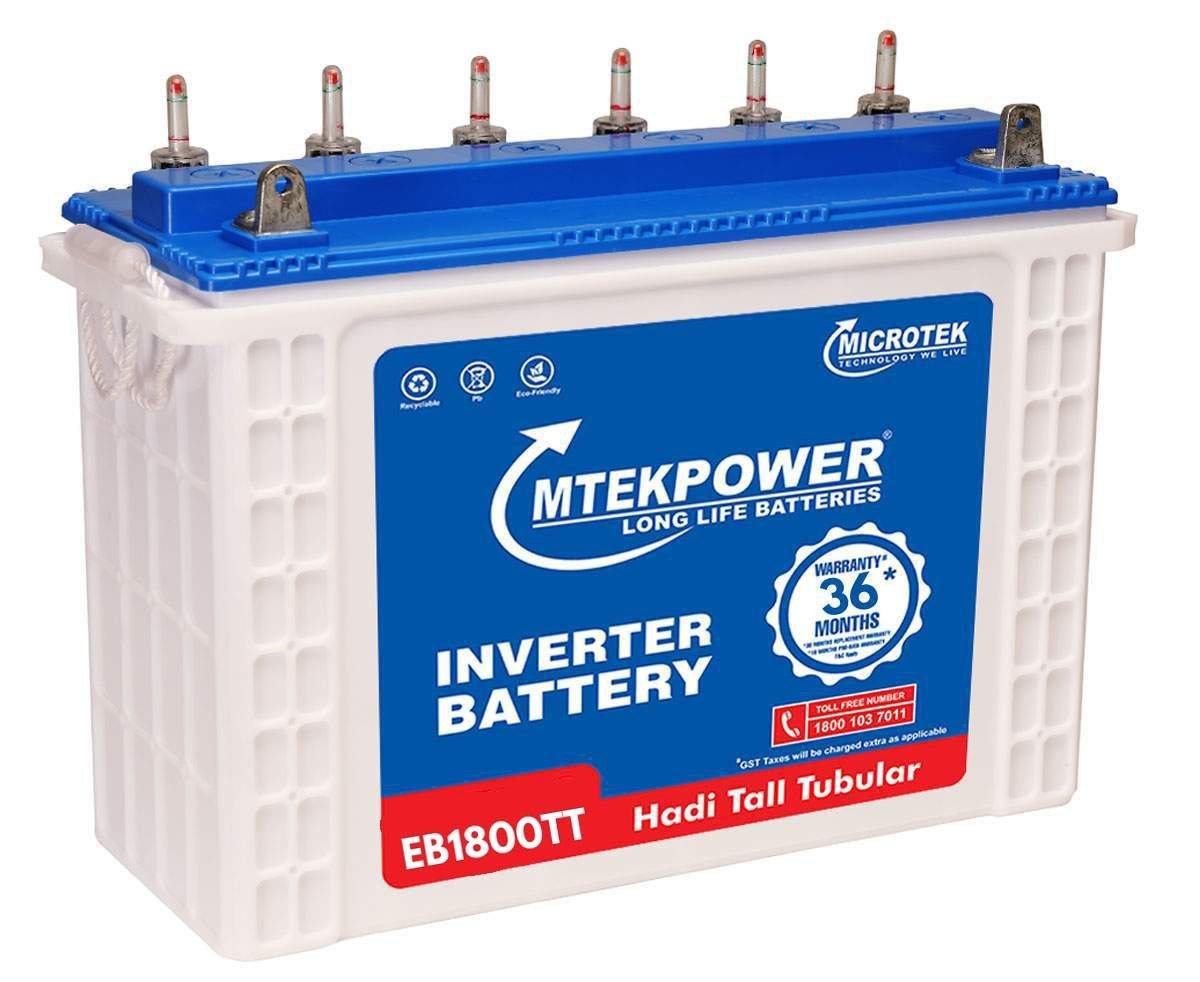
An inverter is a device that converts direct current (DC) electricity from a battery, solar panel, or other DC source into alternating current (AC) electricity. AC electricity is the type of electricity that is used by most appliances and electronic devices.
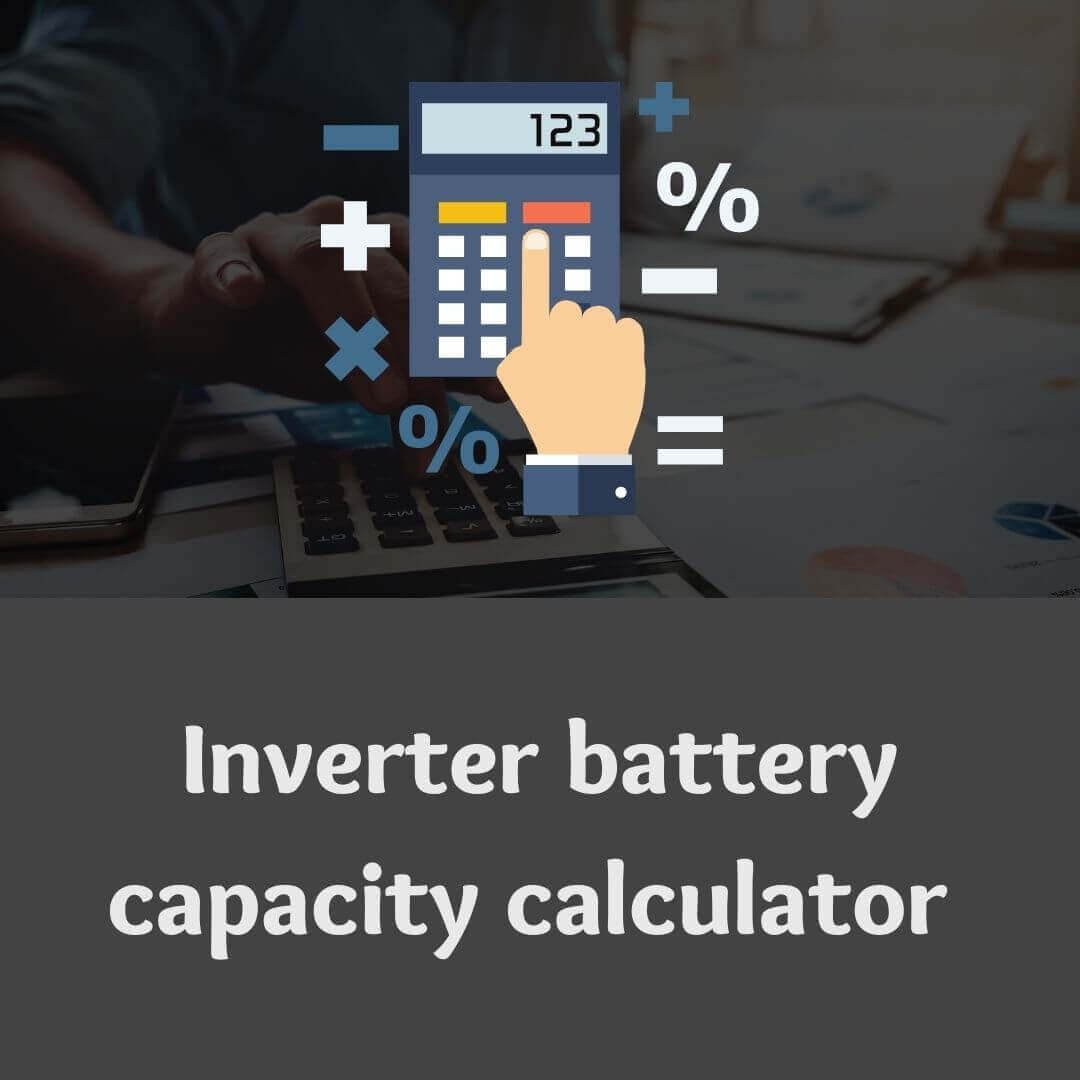
The capacity of an inverter is measured in watts (W) or volt-amps (VA). The capacity of an inverter that you need will depend on the total wattage of the appliances and electronic devices that you want to power.
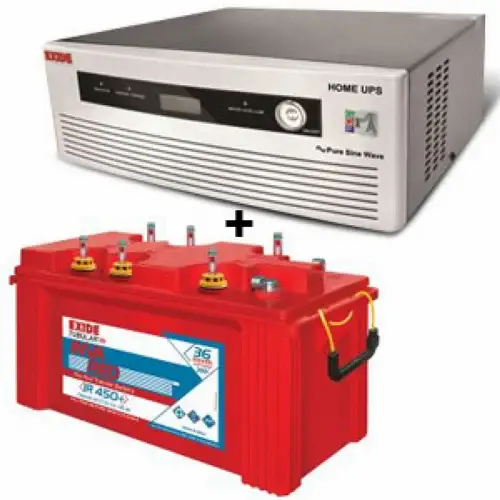
To determine the inverter capacity that you need for a 150Ah battery, you will need to consider the following factors:
- The total wattage of the appliances and electronic devices that you want to power
- The efficiency of the inverter
- The amount of time that you want to run the appliances and electronic devices
Calculating Inverter Capacity
To calculate the inverter capacity that you need, you will need to add up the wattage of all of the appliances and electronic devices that you want to power. Once you have the total wattage, you will need to multiply it by a safety factor of 20%. This will give you the minimum inverter capacity that you need.
For example, if you want to power a 100-watt light bulb, a 50-watt fan, and a 200-watt television, the total wattage is 350 watts. Multiplying this by 20% gives you a minimum inverter capacity of 420 watts.
Inverter Efficiency
The efficiency of an inverter is a measure of how much power is lost during the conversion from DC to AC electricity. The efficiency of most inverters is between 85% and 95%.
When you are choosing an inverter, it is important to consider the efficiency of the inverter. A more efficient inverter will lose less power during the conversion process, which means that you will get more power out of your battery.
Run Time
The amount of time that you want to run the appliances and electronic devices will also affect the inverter capacity that you need. If you want to run the appliances and electronic devices for a long period of time, you will need an inverter with a larger capacity.
For example, if you want to run a 100-watt light bulb for 10 hours, you will need an inverter with a capacity of at least 1,000 watt-hours (Wh). This is because 100 watts multiplied by 10 hours is 1,000 watt-hours.
Choosing an Inverter
When you are choosing an inverter, it is important to consider the following factors:
- The capacity of the inverter
- The efficiency of the inverter
- The amount of time that you want to run the appliances and electronic devices
- The price of the inverter
It is also important to choose an inverter that is compatible with your battery. Some inverters are only compatible with certain types of batteries, such as lead-acid batteries or lithium-ion batteries.
Conclusion
Choosing the right inverter for a 150Ah battery is important to ensure that you have enough power to run your appliances and electronic devices. By considering the factors discussed in this guide, you can choose an inverter that meets your needs.# Inverter Capacity For 150ah Battery Guide
Executive Summary
This guide provides comprehensive information on selecting the right inverter capacity for a 150Ah battery, ensuring optimal performance and longevity. Key considerations include inverter types, load requirements, surge capacity, and battery compatibility. Understanding these factors helps ensure a reliable and efficient power backup system.
Introduction
An inverter is a crucial component of an off-grid solar power system, enabling the conversion of direct current (DC) from batteries into alternating current (AC) used by appliances and electronic devices. Selecting the appropriate inverter capacity is essential to ensure the system’s efficiency and longevity. This guide explores key aspects to consider while choosing an inverter for a 150Ah battery, ensuring optimal performance and reliability.
Types of Inverters
-
Pure Sine Wave Inverters:
- Produces a smooth, consistent sinusoidal waveform, closely resembling grid power.
- Ideal for sensitive electronic devices and appliances.
- More expensive compared to modified sine wave inverters.
-
Modified Sine Wave Inverters:
- Produces a stepped, non-sinusoidal waveform.
- Compatible with most appliances and less sensitive electronics.
- Offers lower cost compared to pure sine wave inverters.
Load Requirements
-
Wattage:
- Determine the total wattage of connected appliances and devices.
- Consider future expansion and potential additions.
- Select an inverter with a wattage rating slightly higher than the total load.
-
Starting Load:
- Evaluate the surge power requirements of inductive loads like motors and compressors.
- Ensure the inverter’s surge capacity exceeds the starting load.
Inverter Efficiency
-
Conversion Efficiency:
- Represents the ratio of AC power output to DC power input.
- Higher efficiency means less energy loss and increased power savings.
- Select an inverter with high conversion efficiency, typically above 90%.
-
Standby Power Consumption:
- Refers to power consumed by the inverter when no load is connected.
- Lower stand-by power consumption results in energy savings.
Battery Compatibiity
-
Voltage Rating:
- Ensure the inverter’s voltage rating matches the battery voltage.
- Mismatched voltage can damage both inverter and battery.
-
Battery Type:
- Select an inverter compatible with the battery type, such as lead-acid, lithium-ion, or gel batteries.
-
Battery Capacity:
- Consider the battery’s amp-hour (Ah) rating to determine the maximum current draw.
- Ensure the inverter’s current rating exceeds the battery’s maximum current draw.
Conclusion
Choosing the right inverter capacity for a 150Ah battery requires careful consideration of various factors like inverter type, load requirements, inverter efficiency, and battery compatibility. A properly sized inverter ensures optimal performance, longevity, and reliability of the off-grid solar power system. Matching the inverter’s capabilities with the specific application and load requirements ensures efficient and cost-effective energy management.
Keyword Phrase Tags
- Inverter Capacity for 150Ah Battery
- Inverter Types: Pure Sine Wave vs. Modified Sine Wave
- Load Requirements: Wattage and Starting Load
- Inverter Efficiency: Conversion Efficiency and Stand-by Power Consumption
- Battery Compatibiity: Voltage Rating, Battery Type, and Battery Capacity



